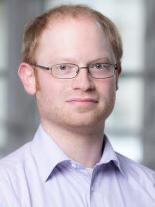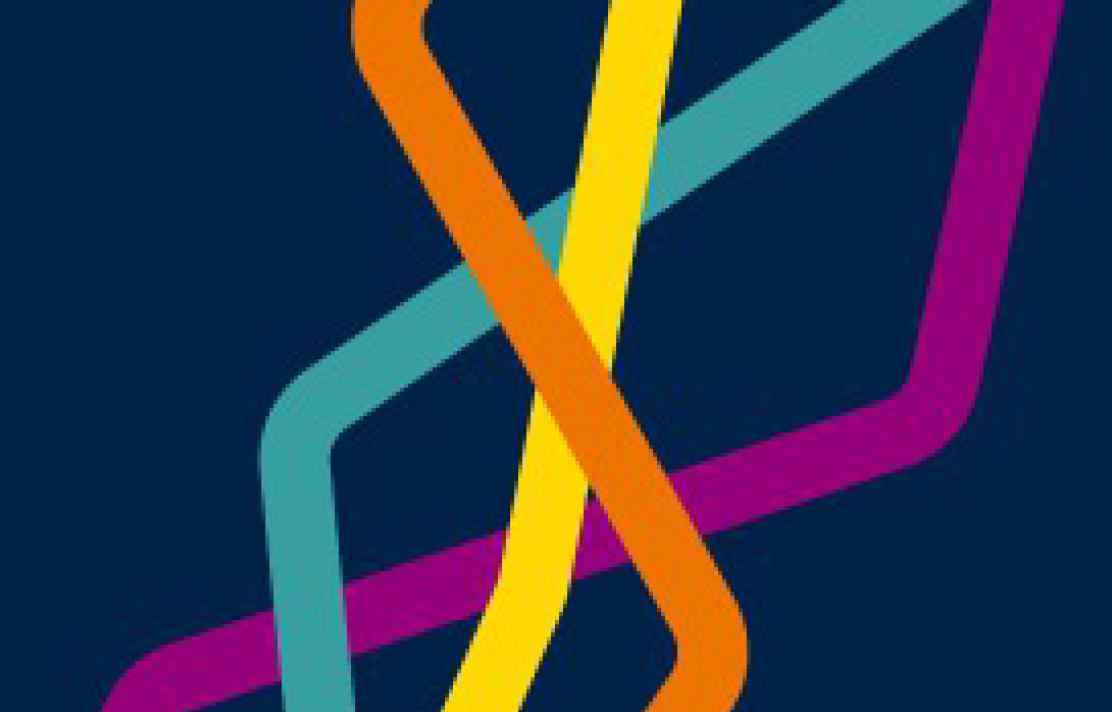Course Programme (may be subject to some modification)
1. Predecessors
The first class will look at the pre-existing systems of opera production in which Verdi and Wagner trained, and the main composers who provided foundations for their first works. Each had their own obvious local models, with Verdi drawing on Rossini and Bellini and Wagner on Weber. However the French form of Grand Opera also served as major reference point for both, with the top exponent Meyerbeer himself playing a key role in Wagner’s development in particular. Examples drawn from Rienzi and Les Vêpres Siciliennes will show the common links here.
2. Early work
Here we will explore the main operas with which Verdi and Wagner established their early personal styles: Nabucco and Tannhäuser. The receptions diverge enormously: the former launched Verdi to international acclaim while the latter brought Wagner middling recognition at best. However, there were already signs of affinity between the two, not least in their willingness to liberally blend history and fiction to create something of weighty significance.
3. National concerns
Nationalist revolutions spread across Europe during the middle of the century, especially around 1848 and 1849, and were brutally crushed by the authorities. Both composers were deeply affected by the idea of national unification, which left undeniable traces on works like La Battaglia di Legnano and Lohengrin (to say nothing of Wagner’s output prior to this). The initial failure of the revolutionary efforts impacted on their work as well, with Verdi reluctantly turning to less inflammatory topics in Luisa Miller and Wagner forced into ‘exile’ and focusing his attentions in more literary and theoretical directions.
4. Text and Music
Wagner used the period of exile to start formally setting out his ambitious ideas of a unified work of art, Gesamtkunstwerk. His theoretical ideas about how to create a more continuous form of musical drama in particular, unbroken by the traditional sections of arias and recitatives, was first put into practice in Das Rheingold, and became a primary defining feature of his mature work. But, as this class will show, Verdi was independently striving for something similar, with Rigoletto (premiering in the same year as Wagner’s treatise Opera and Drama) starting to break down the exact same boundaries.
5. Drama
The vast majority of the output of both composers concerns the weightier kind of plot, featuring doomed love, curses, death, exile, and so on. This class will explore the shared themes in the two composers’ dramatic narratives, with particular focus on the familial element: so many of these operas revolve around the dynamics of parents with their children, and failing or inadequate fathers are a particular point of common ground, as we will see from both Die Walküre and Don Carlos.
6. Comedy
This class will focus on the limited attempts at comedy from the output of both composers. Verdi did not recover from the failure of Un Giorno di Regno until the end of his life with his turn to Falstaff, and Wagner had a similar trajectory from Das Liebesverbot to Die Meistersinger von Nürnberg. We’ll discuss what made both composers so averse to comedic approaches, and how their respective works handle the issue nonetheless.
7. Fame
The early 1870s saw both Wagner and Verdi at the pinnacles of success: the former now had the financial backing to finish his Ring cycle and create a purpose-built theatre for it, while the premiere of the latter’s Aida in Cairo shows the international reach of his reputation. Here we will discuss the fact that such heights of fame for both composers came with the unification of their respective nations, and we will explore the ways they both began rewriting their back histories to fit with the expectations of national icons.
8. Late work
Both composers experienced drops in productivity during the later 1870s as they approached old age. Wagner continued to write both prose and music, but Verdi stopped new work altogether and had to be persuaded (after extensive scheming from his publisher) to begin again. We will discuss the fact that, in spite of some major divergences in their lives at this point, their respective major late works (Otello and Parsifal) actually begin to show even more convergence in musical style than their previous operas.
9. Successors
The final two classes will focus on the afterlives of both composers, starting with the people who took up the challenge of following in their footsteps. We will discuss what Giacomo Puccini and Richard Strauss (among others) took from their respective forebears, and we will see how even the next generation already has more in common in terms of style and approach than we would normally expect from their different traditions.
10. Legacy
Here we will assess the afterlives of the two composers, in terms of their own reputations among audiences, critics, and musicologists, by turning to earlier works that really define the idea of their opposite styles: La Traviata, and Tristan und Isolde. Each has had a very different critical afterlife, and we will see how these different trajectories have obscured all the similarities that the course has outlined.
There is no compulsory reading required for this course, and there is no set course text.
 Music: Opera in Focus: Verdi and Wagner
Music: Opera in Focus: Verdi and Wagner



 Dr Bruno Bower is a lively and enthusiastic tutor whose love of music is infectious. He is a musicologist, performer, composer, and music editor, as well as a highly experienced teacher. He has taught at Cambridge University, University of Surrey, Brunel University, and the Royal College of Music, and his innovative teaching methods have been recognised by Fellowship of the Higher Education Academy. Alongside his courses at Imperial, he currently teaches at the Guildhall School of Music and Drama.
Dr Bruno Bower is a lively and enthusiastic tutor whose love of music is infectious. He is a musicologist, performer, composer, and music editor, as well as a highly experienced teacher. He has taught at Cambridge University, University of Surrey, Brunel University, and the Royal College of Music, and his innovative teaching methods have been recognised by Fellowship of the Higher Education Academy. Alongside his courses at Imperial, he currently teaches at the Guildhall School of Music and Drama.